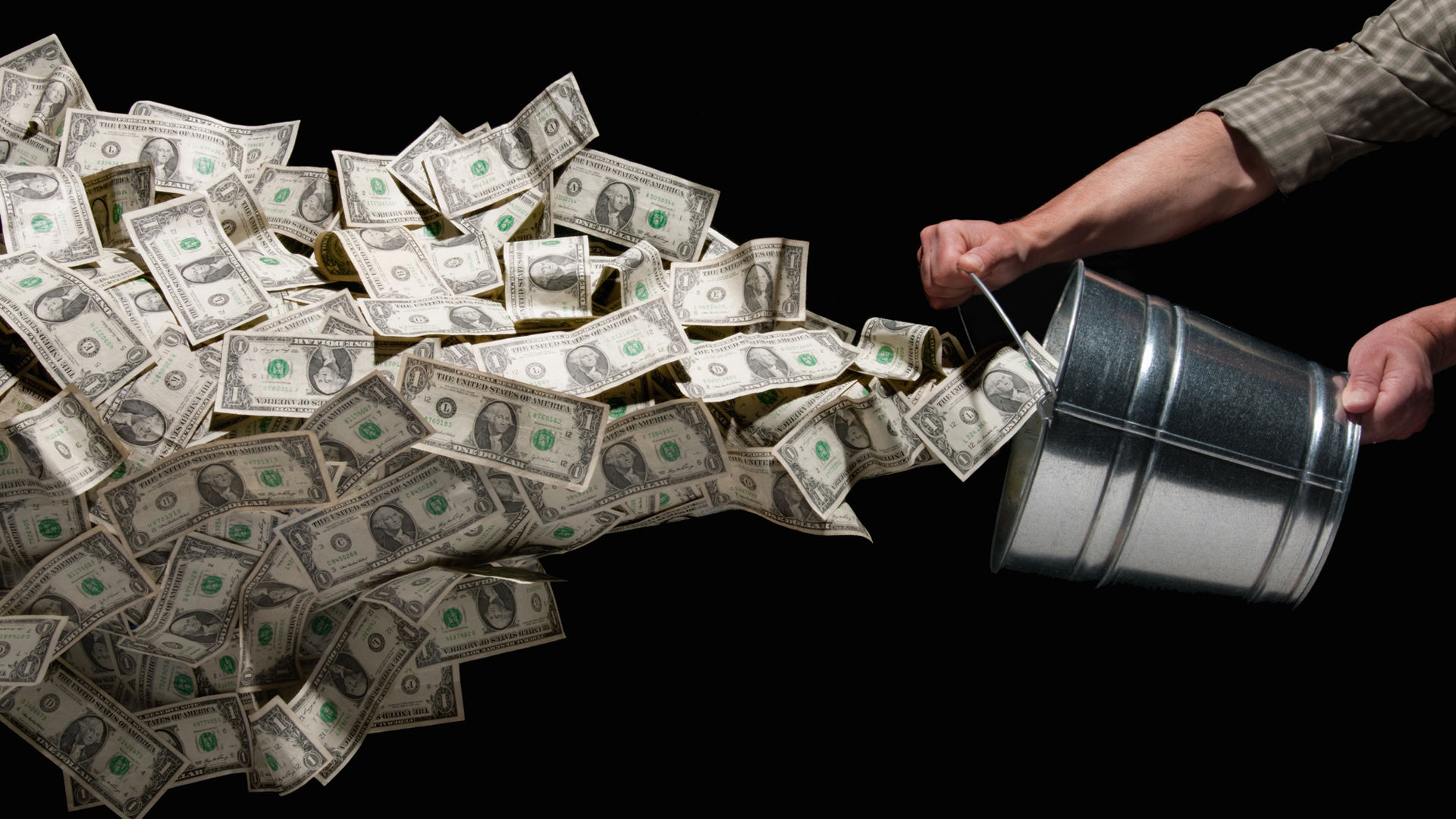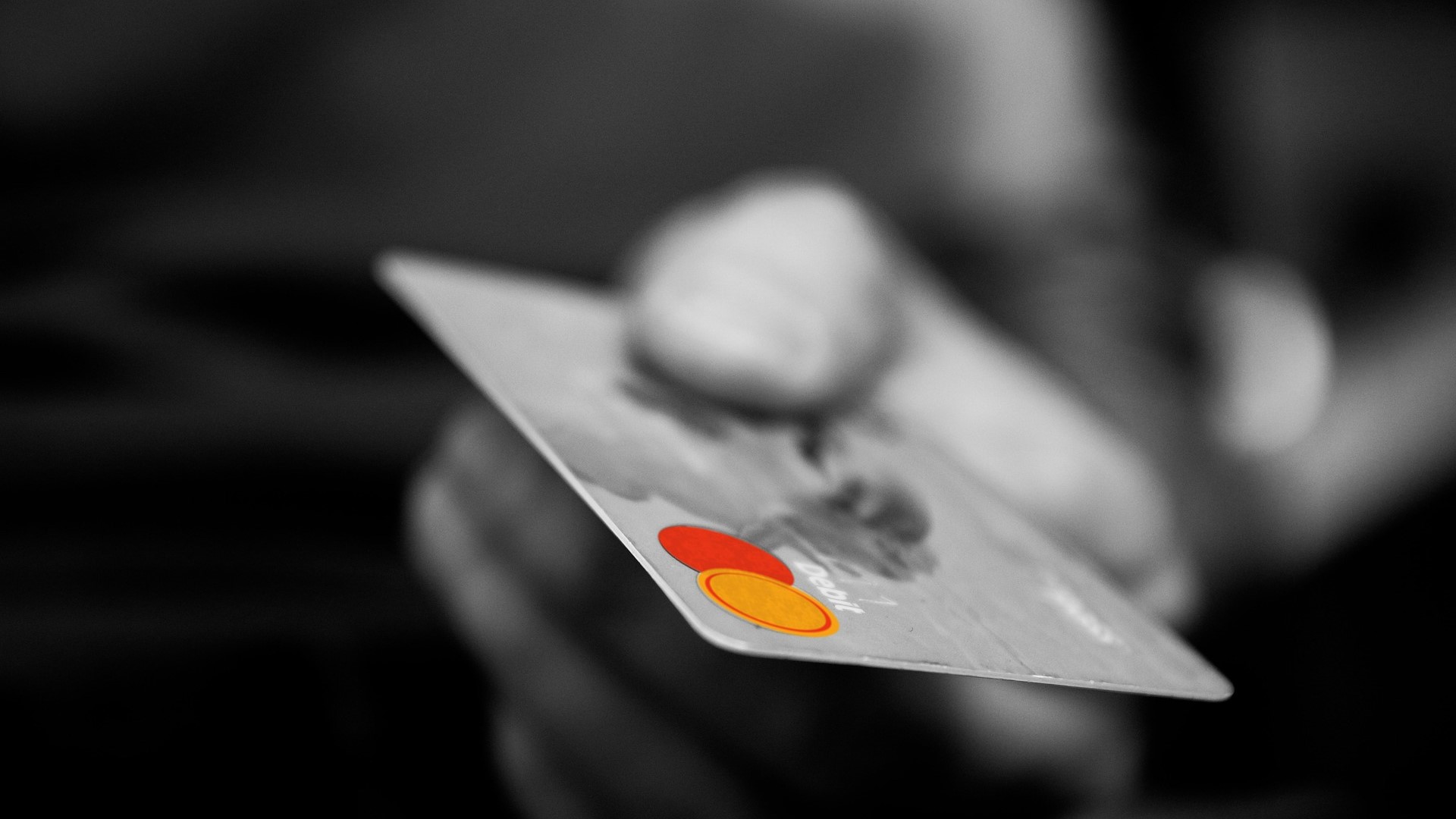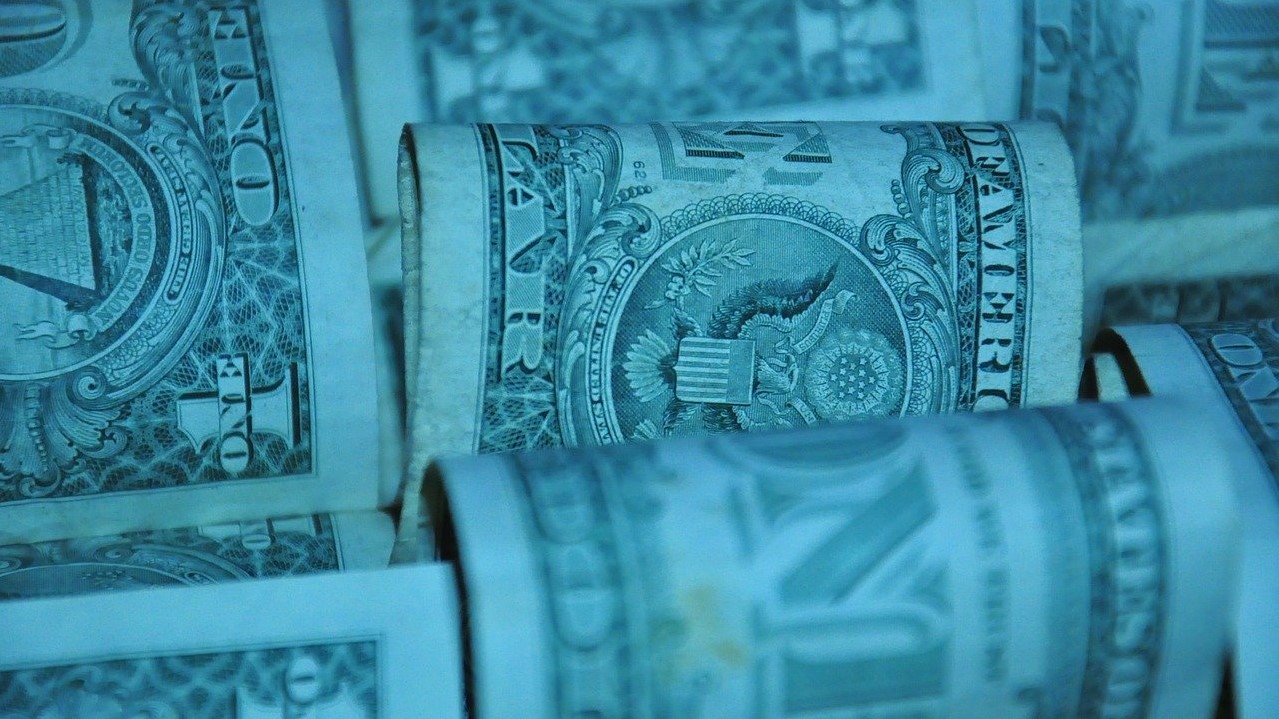The Internal Revenue Service (IRS) has revealed the coronavirus stimulus payments that are being sent by prepaid debit cards will arrive in a plain envelope, amid reports that a number of Americans are throwing the letters out, believing them to be junk mail or the debit cards a scam.
The clarification comes just a few days after the IRS began the process of mailing almost four million prepaid debit cards in a move it was hoped would give households faster access to their stimulus payment money. The payments - which could be worth up to $1,200 per person - are providing a financial boost to millions of workers whose employment and incomes have been hit by the Covid-19 outbreak. Many have turned to the best credit cards to bridge the financial shortfalls they have been facing, a trend which has seen a quarter of Americans sink deeper into credit card debt since the pandemic began.
However, the fear is that some recipients have unknowingly discarded the plain envelopes that have been arriving containing their prepaid debit card, or are simply ignoring them, because they look like junk mail or a potential scam. Given the large number of scams that have emerged off the back of the pandemic, such caution is understandable. There have also been warnings from the Federal Trade Commission specifically regarding stimulus payment-related fraud, while tax filers have been urged to guard against ploys to steal tax refunds after the IRS pushed the filing deadline back three months, to July 15, because of the coronavirus.

To try and clear up any confusion, and in an attempt to ensure suspicious Americans do not throw their stimulus payment out with the trash, the IRS has revealed exactly what people can expect to receive in the mail. Some other commonly asked coronavirus payment questions have also been answered at the same time.
How do I know if my stimulus payment prepaid debit card is real?
The IRS says that if you receive an Economic Impact Payment Card - which is the official name for the stimulus payment prepaid debit card - it will arrive in a plain envelope from "Money Network Cardholder Services."
The Visa name will appear on the front of the card, while the name of the issuing bank, MetaBank, N.A., will be on the back.
There will also be information explaining that the card is your Economic Impact Payment Card, and what you need to do to get started with the prepaid debit card and how it can be used. More official information can be found at EIPcard.com.
How can I use the stimulus payment prepaid debit card?
If you receive your coronavirus payment by prepaid debit card, it will allow you to do the following, all without incurring any fees:
- Make purchases online and at any retail location where Visa is accepted
- Get cash from in-network ATMs
- Transfer funds to your personal bank account
- Check your card balance online, by mobile app or by phone.
Importantly, it will also provide the same consumer protections that are available to traditional bank account owners, including protection against fraud, loss and other errors. If you are worried about other scams that could potentially affect your finances, particularly if you bank or file online, the best identity theft protection services are an excellent way to improve your security.
Can I specifically ask to have my coronavirus stimulus payment sent to me as a debit card?
This is not an option being offered at the moment. Prepaid debit cards are predominantly being used to pay those who haven’t received their payment by direct deposit, because the IRS do not have the necessary bank account information on file, and so would have otherwise received a check in the mail.

The decision over who receives a debit card lays in the hands of the Bureau of the Fiscal Service, another part of the Treasury Department that works with the IRS to handle distribution of the payments. This means that, at this time, taxpayers cannot make a selection to receive a debit card.
Can I have my stimulus payment sent to my prepaid debit card?
This is a possibility, but will depend on your prepaid card and whether your stimulus payment has already been scheduled. If it hasn’t, you may be able to provide the IRS with the account and routing numbers on a reloadable prepaid card via the Get My Payment application or Non-Filers: Enter Payment Info Here tool. However, you would need to check with the financial institution behind your prepaid card to ensure it can be re-used and to obtain the relevant numbers, which may be different from the card number.
If you obtained your prepaid debit card through the filing of a federal tax return, you will also need to contact the card issuer to confirm the correct routing number and account number. The IRS says you should not use the numbers shown on your copy of the tax return filed, and that when providing this information, you need to indicate that the numbers provided are for a checking account, unless your card issuer indicates otherwise.
Do you have other stimulus payment questions?
The coronavirus stimulus payment is one of the hottest topics in the U.S., and obviously given rise to numerous questions and queries, all of which have been covered in our News pages.
If you still haven’t received your stimulus payment, it could be worth checking what you need to do to get the coronavirus check, and who is eligible for a payment. For those who already know you qualify, and have supplied all of the information required, there is also a way to get a better idea of when your coronavirus payment will arrive, without having to keep a constant eye out for the mailman. Alternatively, you may have already received your money, but are wondering why your stimulus payment is for less than you were expecting.
Even if you don’t receive your stimulus payment by card, a regular prepaid debit card is an excellent option if you want to budget and take control of your outgoings.

